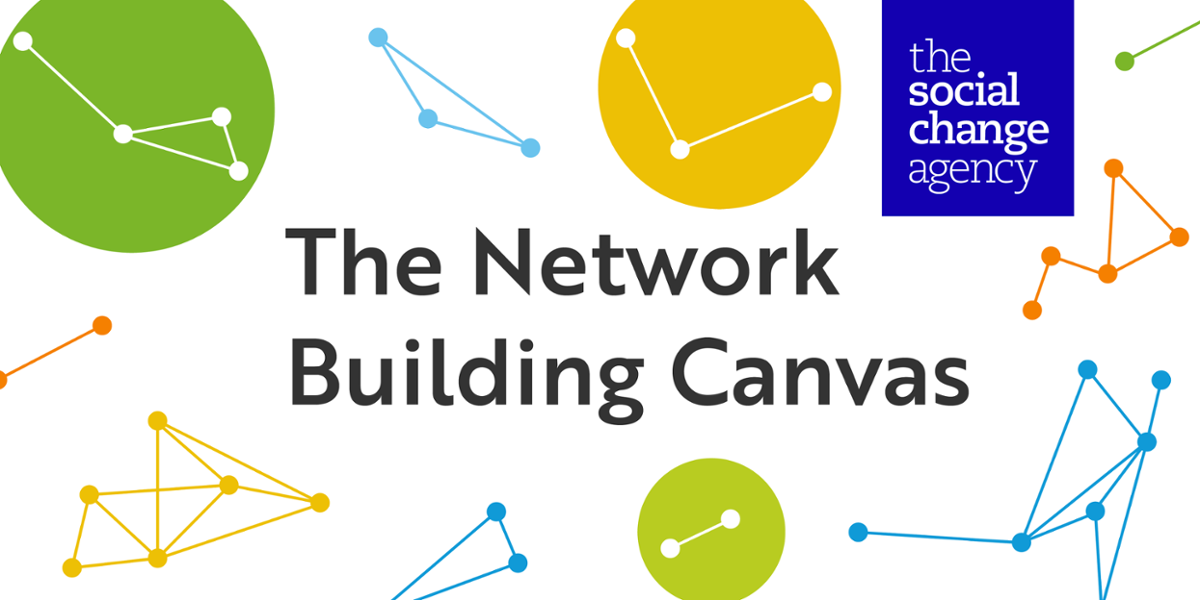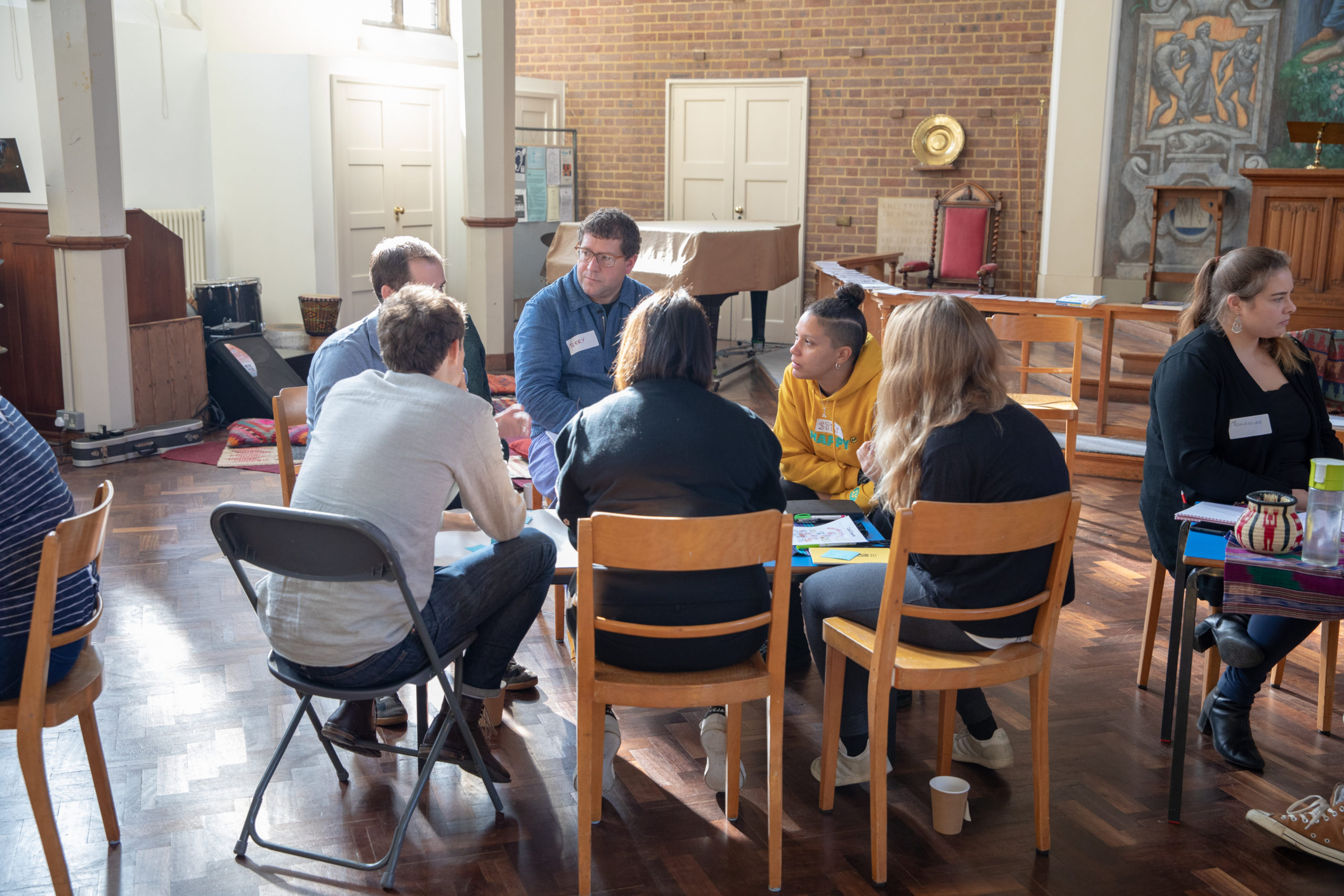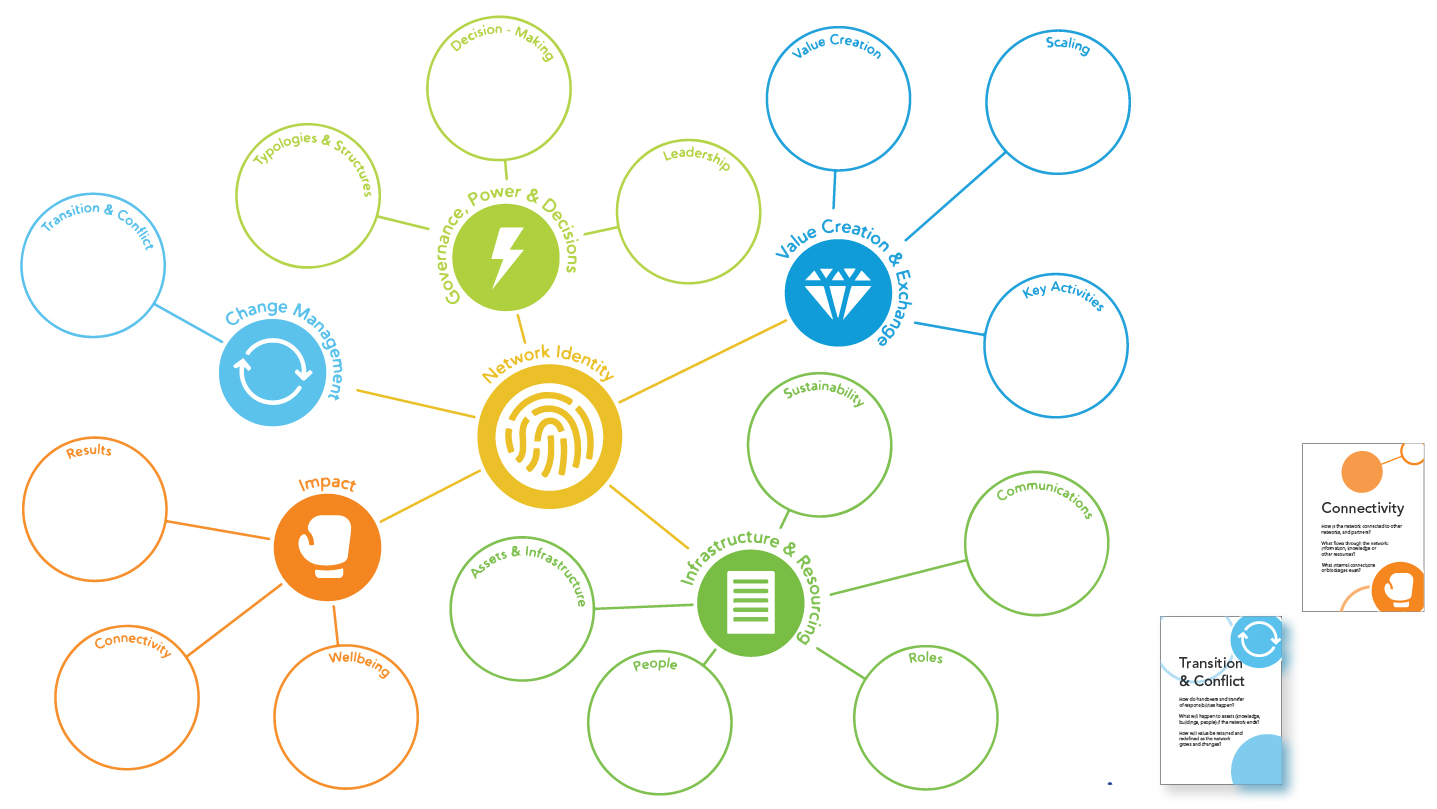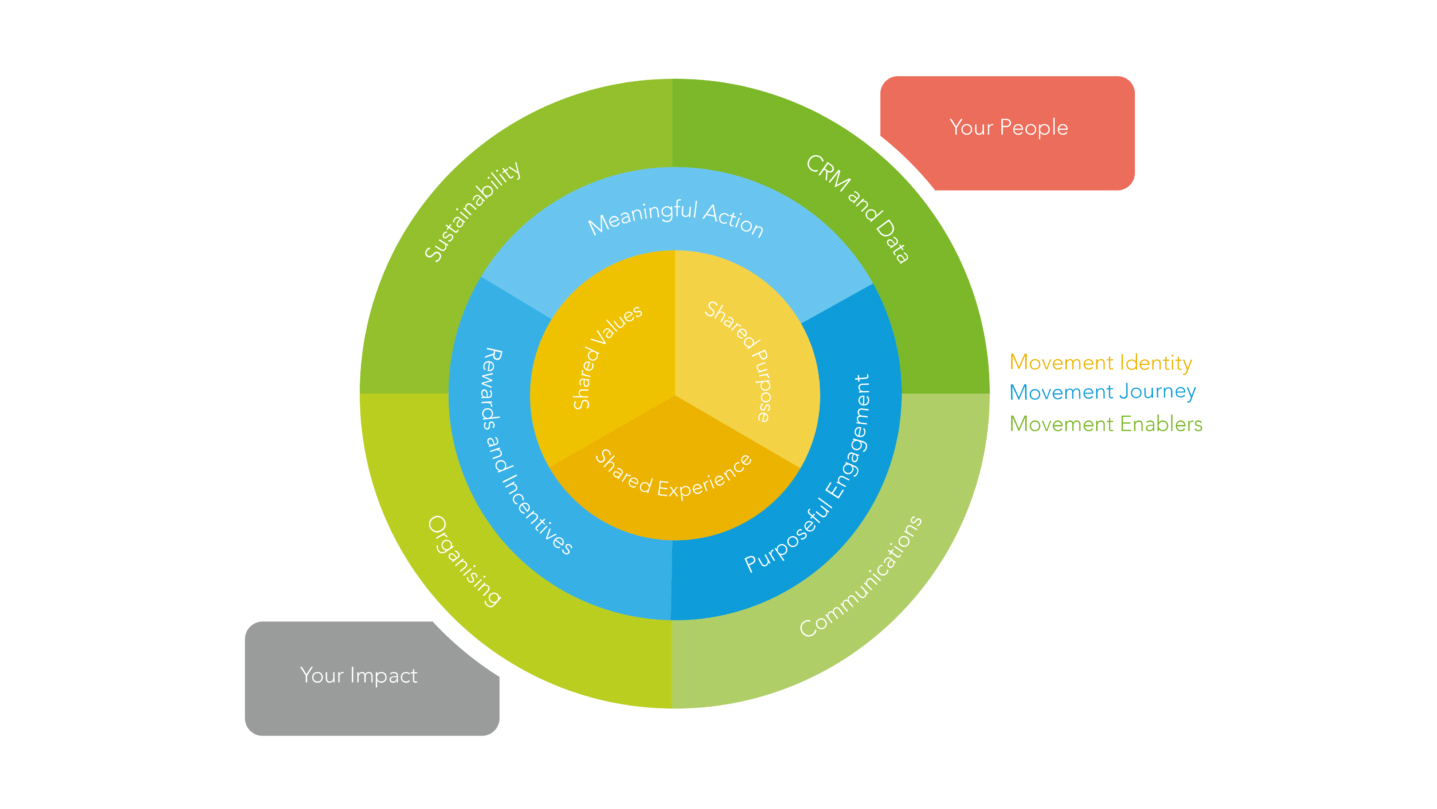How to create and manage a community of practice or peer network

What is a community of practice and how to get started
When you’re building social movements, it helps to provide safe spaces for discussion: spaces which allow people from different disciplines and practice areas to come together and share information. These spaces form what is often known as a peer network or Community of Practice. They galvanise and energise leaders in their practice areas, helping accelerate social change. So what are Communities of Practice, why do they work and how do you create one and govern it well? Check out our handy how-to guide below, featuring tips and best practices from a number of community and network managers
What is a community of practice?
A community of practice is where a groups of active practitioners in a specific field come together to share ideas, experiences and best practice and support each other. They can emerge naturally or be deliberately created by an organisation or institution to pool and acquire knowledge.
Why do they work?
Communities of Practice work well in large scale dispersed social movements because they bring influential practitioners with diverse experiences together around a common purpose. Valuable learning therefore gets pooled. New knowledge gets created, which the members take back out again into their domain. And the experience of being in the Community of Practice strengthens the sense of shared purpose and values between key movement members.
How do I create a community of practice?
Chances are, you may already be in a Community of Practice without knowing it. The E-Campaigners Forum or Losing Control are excellent examples of Communities of Practice. They work because members decide what’s important, and get and take what they need from it. Community of Practices that are created by organisations and institutions still have to be organic and driven by the interests and needs of their members to work. So if you’re thinking of starting one, remember that laying down the law around the subject matter or prescribing outcomes each time the members meet will kill it dead.
Don’t try to do everything at once – think about what is the simplest thing you can do that will get you a long way towards your goal
“Start small and be patient,” says Jamie Pett from the London International Development Network. “You can’t move faster than you can build trust and ownership, without making the network reliant on you. “Sometimes that means letting things go slower than you would have preferred. Don’t try to do everything at once – think about what is the simplest thing you can do that will get you a long way towards your goal and that you will learn the most from.”
But there are things you can do that will increase the effectiveness of the Community of Practice and its impact on the movement at large. Read on for our essential community of practice best practices.

Top tips for managing your community of practice
1. Curate the group
There do need to be some rules about who’s in and who’s out. Community of Practice members have to be active practitioners so they can contribute current, lived experiences that are relevant and valuable to others. They need to be peers and possess the qualities that make Communities of Practice work – openness, honesty, lack of judgement and confidentiality.
”If you want to run a successful network you have to create relationships where people are getting equal amount of value for their time and effort,” says Will Nicholson, a network coordinator for the Lambeth Portuguese Wellbeing Partnership. “You need to really understand who’s part of your network, what they’re interested in and how your network can be useful for them to achieve their goals.”
the qualities that make Communities of Practice work – openness, honesty, lack of judgement and confidentiality
You can curate who’s in by: – profiling the typical Community of Practice member – the experience they have, the level they are at in their practice, their commitment to the wider movement, and their objectives for taking part – running a transparent selection or approval process – selection based on the dynamic of the group as a whole, not just the strengths of the individual members
“You need to make networks mutually beneficial so that participants can see the benefit they get as well as the benefits they can provide. This doesn’t always have to be a personal benefit. It can be attractive because it aligns with an individual’s vision of the change that they wish to see in the world.” – Michael Thomas, Transition Initiative Support Coordinator
2. Create space
Communities of Practice rely on one to one interactions between a trusted group of practitioners.
your role is to create a safe, welcoming and productive environment that helps people focus, relax and trust each other
These can take place in a physical or virtual space and your role is to create a safe, welcoming and productive environment that helps people focus, relax and trust each other. You could think about: – providing a neutral, welcoming physical space, or the tech for virtual meet-ups (we like Join.Me) – appointing a convener who understands the movement at large and can help select the Community of Practice members, then get to know them, help them find fruitful areas of focus and facilitate where needed – training members on some techniques to get the best out of each other, like action learning sets or appreciative inquiry.
3. Manage knowledge
Communities of practice share knowledge through personal storytelling, based on real-life experience. The members share mistakes, successes and learnings, contemplate new ideas and solve problems together. They become walking, talking repositories of knowledge and best practice which they share and apply in their extended networks or workplaces. That might be enough. But if you want to make their stories more widely available and codify that knowledge, here’s one way of doing it: – giving community of practice members a platform to share their stories, ideally unfiltered, by audio, video or written blog – using your own comms channels to get them heard – creating a feedback loop by making direct calls out to the wider movement to add their experiences, identify the new knowledge that emerges and curate the content into follow-up blogs or quick-fire tips.
4. Get your governance right
Charlotte Cassedanne, Communications Manager for Power to Change, has written about community decision making for us in the past. Here’s her top tip on governing networks:
The democratic voting model can work but sometimes it feels like the same people are always in the minority
“One of the challenges of a community business is having to share the decision making with so many people. The democratic voting model can work but sometimes it feels like the same people are always in the minority. Andy Goldring from the Permaculture Association and Kayleigh Walsh from Outlandish explained their organisations both use ‘sociocracy’, ‘a collaborative governance method based on effective organization, distributed authority, and inclusive decision-making.to make shared decisions’. It’s an inclusive way of setting up a community business or re-aligning your priorities. Many movement makers mentioned they use Loomio, an online decision-making tool started by a workers’ cooperative in New Zealand. Tamas Hovanyecz from Social Fokus on Technology gave us a live demo and showed how you evolve the discussion from a platform like Slack to giving people the opportunity to vote (and ask questions) about a proposal on Loomio. You set deadlines for decisions but you also set the percentage of people involved who need to vote for the decision to count. So for example, you could say if 35% of your members vote, then the decision is valid. The more members you have, the more people that would be. Another tool that Tamas mentioned which could be useful for community businesses when making funding decisions is Cobudget, a collaborative funding tool. Worth a look.”
Laonikos Psimikakis-Chalkokondylis, Community Network Developer (London & South) at Eden Project agrees.
“Some of the major challenges for us would be how to create a sense of ownership by the network members while still maintaining a clear identity, particularly when the network is an initiative of a well-established organisation. I think this goes back to the question around balancing “managing” and “letting go” – I wouldn’t say there is a fear of “letting go” in terms of losing control in our case, but in the sense of, has this achieved its maximum potential? Is there more we can do as a backbone organisation to help the network flourish? Are we doing the right things to ensure legacy once we “let go” more and “manage” less?”
5. Make tea
Finally, and above all, look after everyone. A Community of Practice can get a bit heavy when people start opening their hearts and minds to each other. So listen to what’s going on, bring biscuits, make tea and facilitate this thing you’ve created well. Put the same level of love and care into the curation of events as you want people to show in their participation at them. The key is to make sure the ground rules are set to encourage positive, constructive information sharing. Think appreciative inquiry, rather than ‘stitch and bitch’.
Ready to create your own community of practice?
![Create your community of practice Download The Network Building Canvas [Free Resource]](https://no-cache.hubspot.com/cta/default/9184296/7bd0494c-49f3-4a45-a2ac-36a186fb68ed.png)



